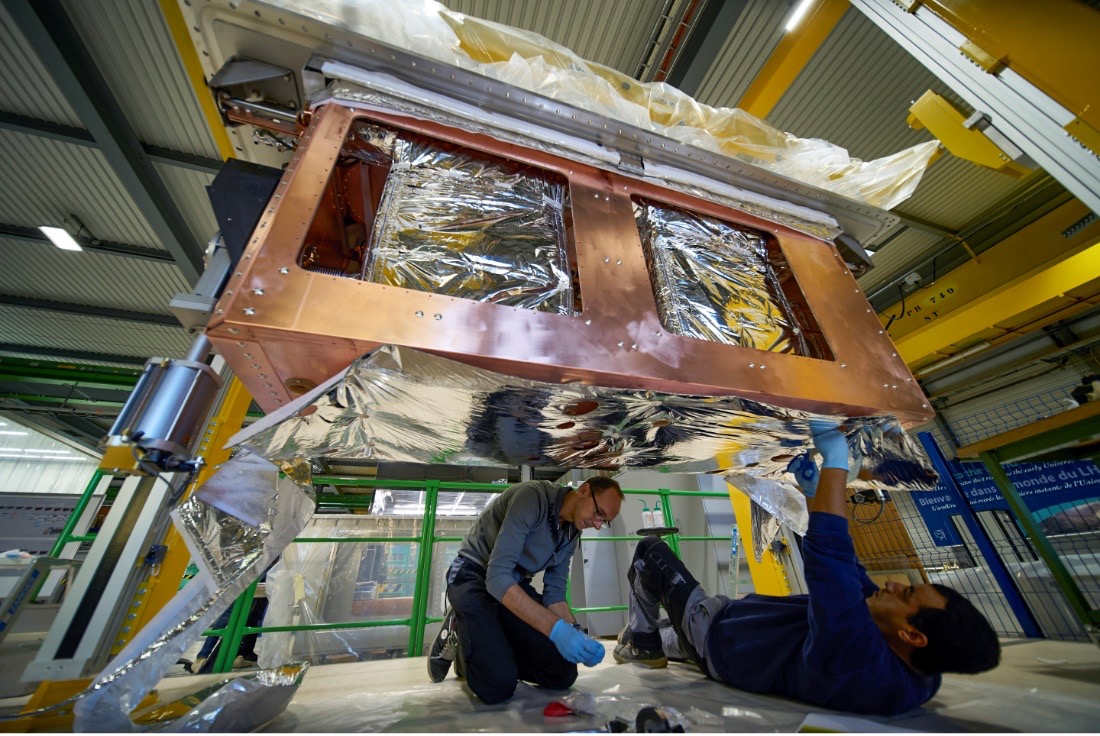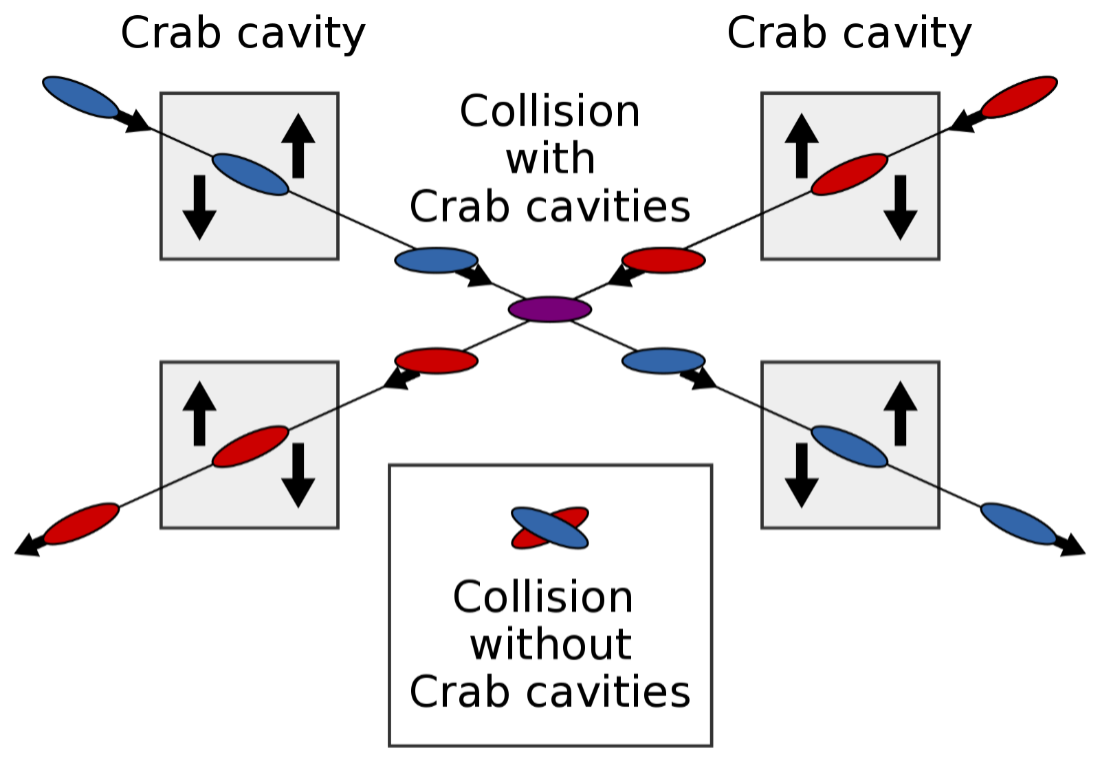
With a wave goodbye to departing colleagues from the 13th annual of meeting the High-Luminosity Large Hadron Collider (Hi-Lumi or HL-LHC) project collaboration, Canadian accelerator physics researchers are now turning their sights on their next major objective: the fabrication of key cryomodules that will host specialized `crab’ cavities as part of the high luminosity upgrade of the Large Hadron Collider (LHC).
The 13th annual edition of the meeting, hosted by TRIUMF in Vancouver from September 25-28, was a resounding success, serving as a testament and reminder of the power of international cooperation in the world of particle physics and bringing together scientists, engineers, and other researchers from all corners of the world who have dedicated their efforts to the suite of upgrades currently underway for the LHC.
As part of the meeting, contributors and participants took the opportunity to update HiLumi collaborators on the status of advancements in the series production of components and systems for the project; to highlight the excellent progress made in the transition from prototype validation to production, and to summarize infrastructure preparation at CERN. As well the meeting marked the official kick off the Canadian contribution to the project, which includes the production of critical cryomodules that host superconducting radiofrequency resonators called crab cavities.
In work that centers around TRIUMF’s key research infrastructure and capabilities, the Canadian community is applying its world-leading expertise to tackle a mission-critical challenge for the Hi-Lumi upgrade: building five new components called crab cavity cryogenic modules. These sophisticated cryomodules will house and cool the radiofrequency crab cavities, so-called for their essential function in the HL-LHC beam delivery paradigm to rotate bunches of particles before they smash together to increase the chance of collision (or luminosity) and in turn increase the potential for discovery science. The particles within rotated bunches are significantly more likely to collide with one another, which adds to the luminosity (a measure of collisions per second) of the LHC.

The HiLumi collaboration intends to drive up luminosity by a factor of at least 5, and as high as 7.5. However, to operate effectively, the crab cavities require a sophisticated support system where cavity alignment, cavity voltage and cavity frequency all have to be maintained, to high accuracy, at 2 Kelvin (just 2 degrees above absolute zero), a daunting challenge due to the harsh conditions necessary to operate the world’s largest and most powerful particle accelerator.
“With the start of the work on the crab cavity cryomodule hardware, a dream comes true that a North American collaboration will provide half of the HL-LHC crabbing capabilities by delivering 5 RFD cryomodules,” said Oliver Kester, Director, Accelerator Division. “The idea was born in the HL-LHC collaboration meeting in 2016 and is now reality!”
Looking forward, TRIUMF is beginning construction on unique facilities for the assembly of the cryomodules and procuring cryomodule components. The first cavities are projected to begin arriving at the lab from a US collaboration for assembly in April 2024.
Canada is a world-leader in the cryomodule technology that will surround the cavities and will leverage both TRIUMF’s unique network of expertise and the capacity of the Canadian partner network to design, fabricate, and deliver the crucial upgrade components.
Speaking about the upgrades when they were first announced in 2018, CERN Director Fabiola Giannotti said: “We are very pleased with Canada’s contribution to the HL-LHC project, which is another important milestone in a long-standing, fruitful collaboration with CERN. The technology and expertise of TRIUMF and Canadian industries, working with the strong particle physics community in the country, will be crucial for the realization of very ambitious accelerator components for the next major project at CERN.”
